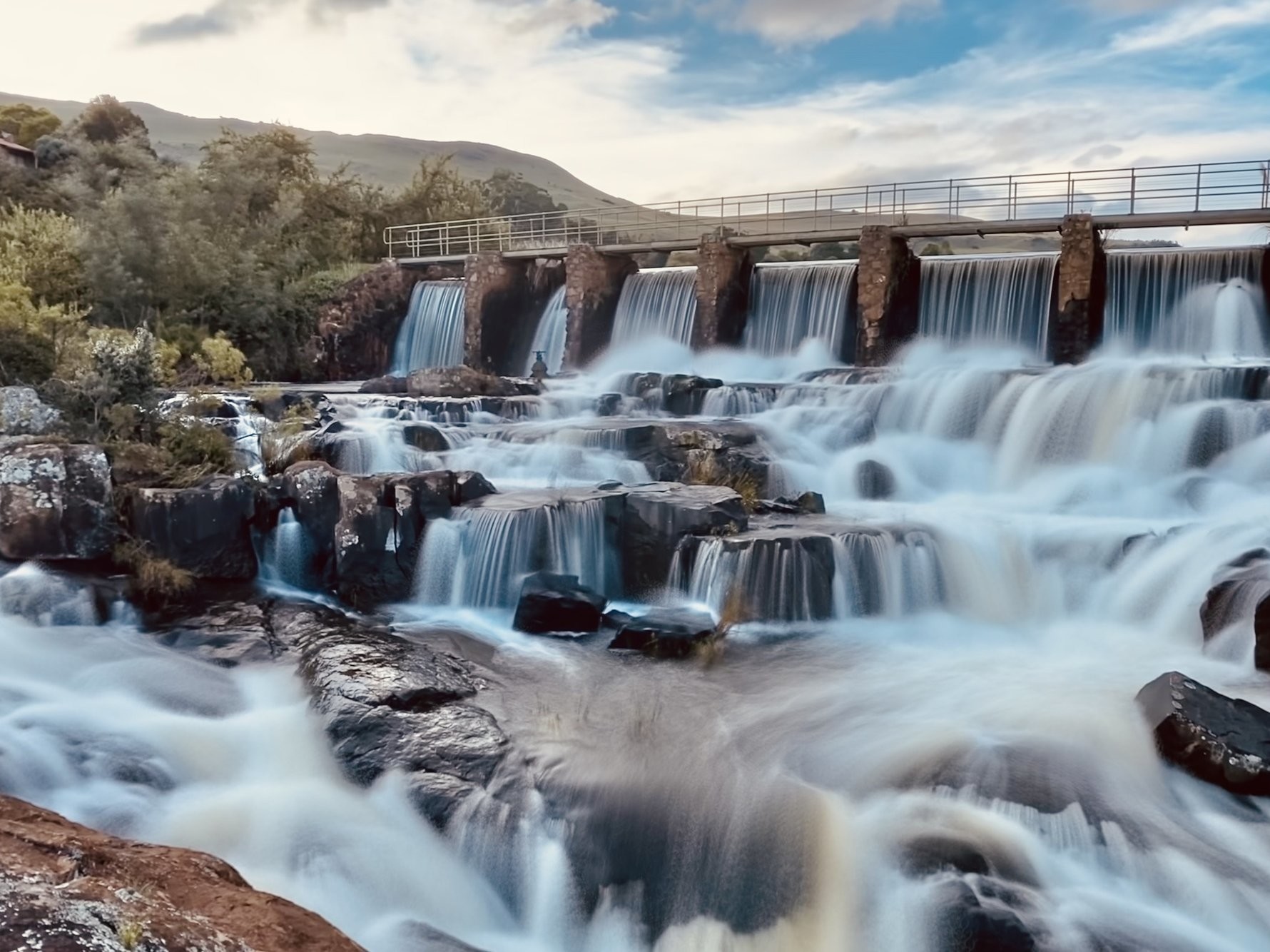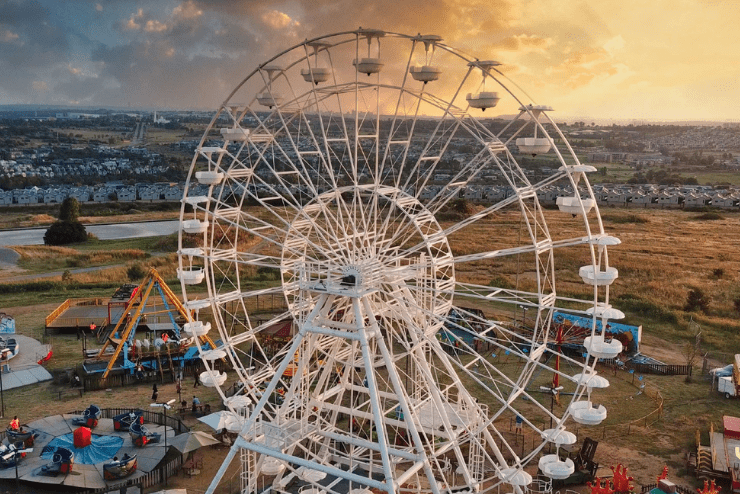What Does Johannesburg North Attractions Mean?
Table of ContentsJohannesburg North Attractions Things To Know Before You Get ThisThe Ultimate Guide To Johannesburg North AttractionsThe Facts About Johannesburg North Attractions RevealedAll about Johannesburg North AttractionsThe Single Strategy To Use For Johannesburg North AttractionsUnknown Facts About Johannesburg North Attractions
The city owes its location to the presence of a a lot more precious resource: gold. The city grew on the edge of the Witwatersrand Key Coral reef, a subterranean stratum of gold-bearing quartz-silica corporation that arcs for thousands of miles below the Highveld. The majority of the gold mines in the city discontinued procedure in the 1970s, yet in its day the Witwatersrand gold industry made up greater than 40 percent of the globe's yearly gold manufacturing.Johannesburg has a temperate climate. Summertime temperatures balance concerning 75 F (24 C); winter temperatures average about 55 F (13 C) and just periodically dip below freezing. The city delights in about eight hours of sunshine each day in both winter months and summertime. Rainfall averages concerning 28 inches (700 millimetres) per year, however the total differs substantially from year to year.
What rain the city gets falls nearly solely in the summer months, frequently in magnificent late-afternoon electric storms., where lots of residents still depend on coal for fuel.

The Definitive Guide for Johannesburg North Attractions
The balance of the city is occupied by whites. Accommodation differs in personality and quality. Soweto is infamous for its unlimited rows of municipally constructed, two-room matchbox homes, yet it additionally has a few prosperous territories in addition to teeming squatter camps, where tens of thousands live without water, electrical power, or cleanliness facilities.
Physical growth, although somewhat limited by transport, proceeded rapidly as migration to South Africa, and Johannesburg in certain, increased dramatically.
The majority of inadequate residential areas were mixed, with bad blacks and whites living with each other, although the well-off suburbs were usually booked for whites.
The previous system of eleven numbered areas was reorganised in 2006. Marshalltown, as seen from the top of the Carlton Centre. The M1 and M2 run behind the buildings, and the southerly residential areas prolong past the highway border. The inner city of Johannesburg is situated within the city's Area F. The estimated population of the area is 200,000, [] yet the variety of individuals residing in the inner city on a casual basis is unidentified, as several are prohibited immigrants. A lot of higher-income homeowners and white people have relocated to the north residential areas and have actually been changed by lower-income black individuals. The unemployment, education, and age profiles of the location are all unknown, because of the difficulty of obtaining reputable details concerning the area.
7 Easy Facts About Johannesburg North Attractions Described
Centred on the CBD, the area includes the suburban areas of Yeoville, Bellevue, Troyeville, Jeppestown, and Berea to the eastern. To the west it spreads out to Pageview (Johannesburg North attractions) and Fordsburg. There are tiny enterprise zones to the south, such as City West-Denver and Benrose. Around 800,000 commuters pass through the central city on a daily basis, and it functions as a regional shopping node for visitors from the southern residential areas. Yeoville and Bellevue have a mix of apartment structures and solitary household systems on little whole lots. The region is located on a mountainous divide that runs from east to west.

Unknown Facts About Johannesburg North Attractions
The eastern suburban areas are some of the earliest locations of Johannesburg, there are big areas of Jewish and various other European histories, the bulk of the populace is English speaking. There are three golf courses as well index as a number of protected ridges with viewsites.
The area is mainly composed of old "matchbox" homes, or four-room residences constructed by the federal government, that were constructed to give low-cost holiday accommodation for black employees throughout racism. Soweto is an acronym, representing "South Western Townships". Road after street in this area is lined with matchboxes; however, there are a few smaller areas where prosperous Sowetans have built houses that are more similar in stature with those in even more upscale residential areas.
Hostels are another prominent physical attribute of Soweto. Originally built to house male migrant workers, numerous have actually been enhanced as homes for couples and family members. The N1 Western Bypass skirts the eastern border of Soweto. The suburban area was not historically allowed to develop employment centres within the area, so mostly all of its locals are commuters to various other parts of the city.
Some Known Questions About Johannesburg North Attractions.
The residential areas in find more info the northern suburban areas are generally official, with no substantial locations of casual real estate, or real estate that does not have an irreversible framework. This is a recognized location, there is a trend of land use anchor modification from household to industrial, specifically along major arterial roadways and around recognized nodes.
The area is well connected to roadway networks, specifically along the north-south axis created by the M1 and N1. Roads to the east and west are much less well developed, as there are no freeways taking a trip because direction. Towards the northern boundary of the city, the thickness of advancement reduces, leaving large locations of untaught land around Midrand.
Get This Report about Johannesburg North Attractions
The initial suburban area to the north of the inner city is Parktown, which is situated on a hill overlooking the internal city and Hillbrow. It has lots of well-off locals and Edwardian-design mansions, in addition to the Education and Clinical campuses of the College of the Witwatersrand. The large concrete Charlotte Maxeke Johannesburg Academic Health Center dominates the sky line of Parktown.